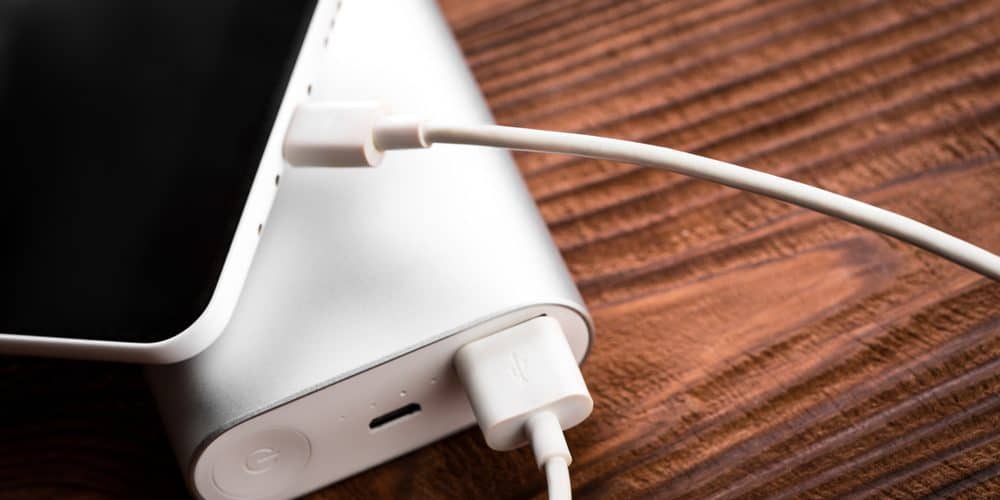
If you plan on bringing a cell phone, camera or other electronic devices on Mount Kilimanjaro, then you probably need to know how to keep them powered.
Of course you can opt to bring extra batteries. For instance, we recommend bringing extra batteries for your head lamp for simplicity. But we also suggest that you have a way to recharge certain batteries such as for your phone or camera.
Solar Chargers
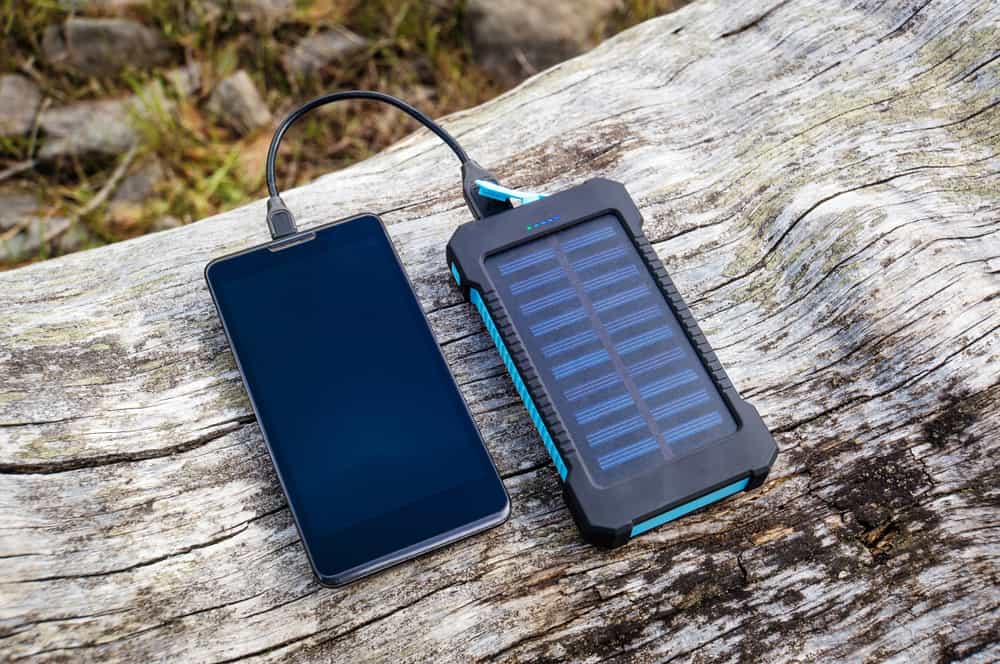
Let’s get this out of the way.
From our experience, solar chargers do not work well. They simply do not store or provide enough power, and are painstakingly slow. They’re also heavy and cumbersome. If you depend exclusively on a solar charger for power, you will most likely be disappointed. We don’t recommend them.
Power Banks
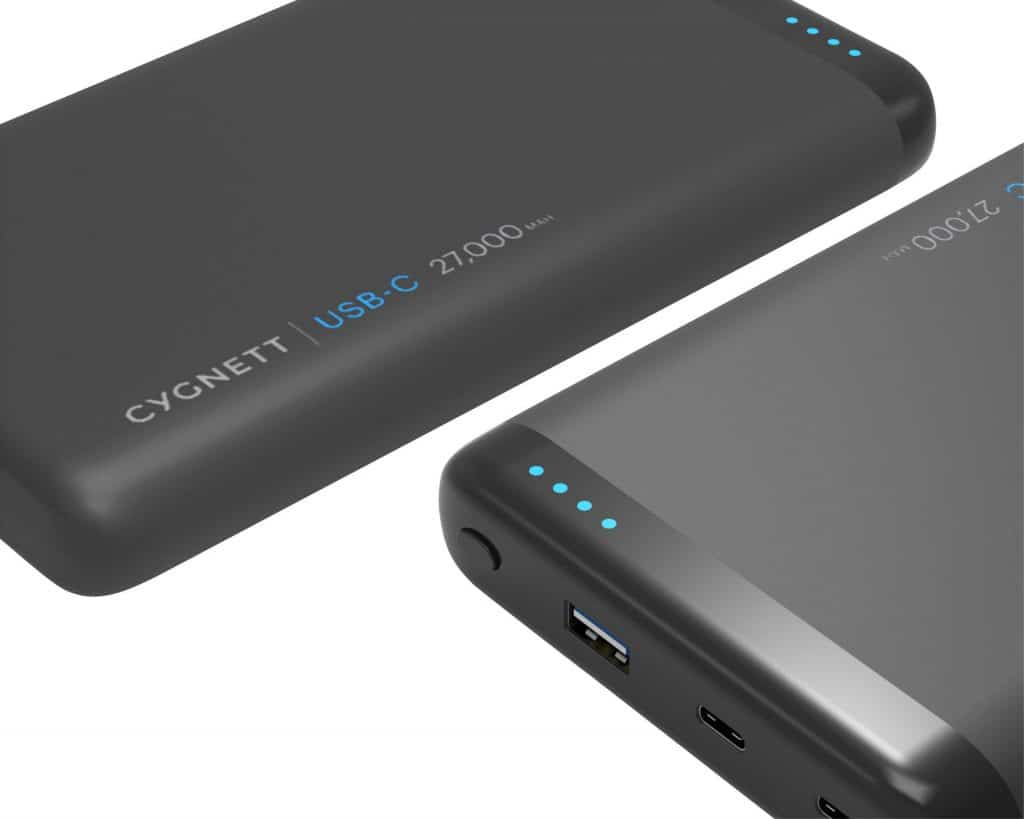
We suggest that you bring a power bank (also known as a external battery pack or portable charger) or two to recharge your phone or other electronics.
External battery packs are small yet powerful. For instance, an average power bank is capable of recharging a phone several times. (TIP: Don’t forget to bring your USB to phone cable on the mountain.)
Power banks utilize lithium cells. Lithium batteries are more likely to combust, and are therefore prohibited for cargo transport, as part of air-transport regulations. Please read below for details on the rules surrounding travel with lithium batteries.
Lithium Batteries
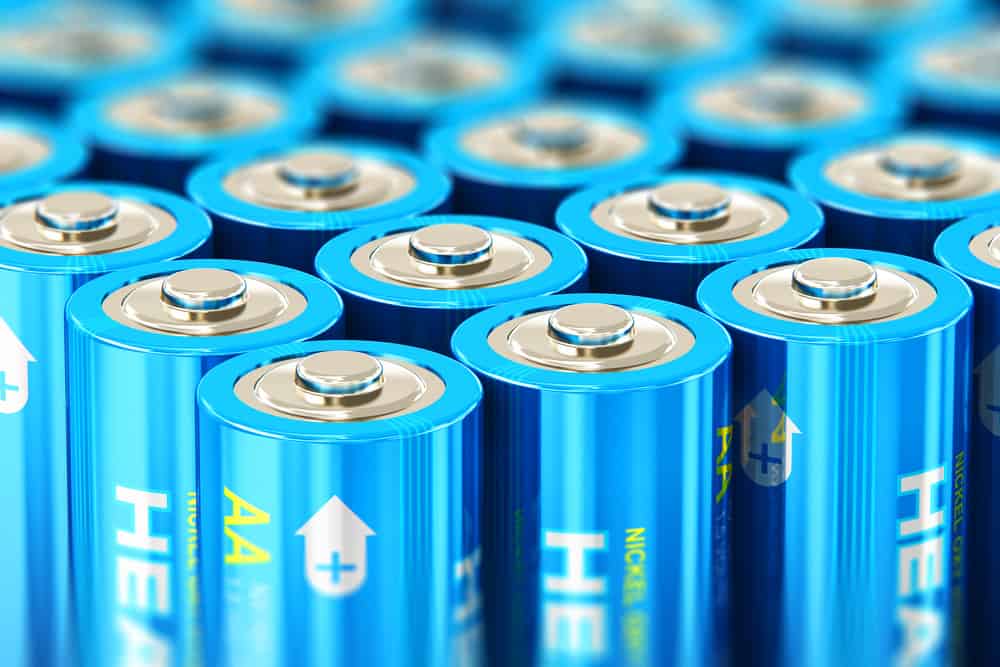
Lithium batteries are the common source of power in everyday electronics including laptops, cell phones, and cameras. These types of batteries have a much higher energy density along with a higher voltage capacity and a lower self-discharge rate than other batteries. In other words, they are more powerful, more efficient and have a longer charge retention.
The Federal Aviation Administration (FAA) states that “spare (uninstalled) lithium ion and lithium metal batteries must be carried in carry-on baggage only. This covers spare lithium metal and spare rechargeable lithium ion batteries for personal electronics such as cameras, cell phones, laptop computers, tablets, watches, calculators, etc. This also includes external battery chargers (portable rechargers) containing a lithium ion battery.”
Lithium ion (rechargeable) batteries are limited to a rating of 100 watt hours (Wh) per battery – about 27,000 mAh (milliAmp hours). However, there is no quantity limit.
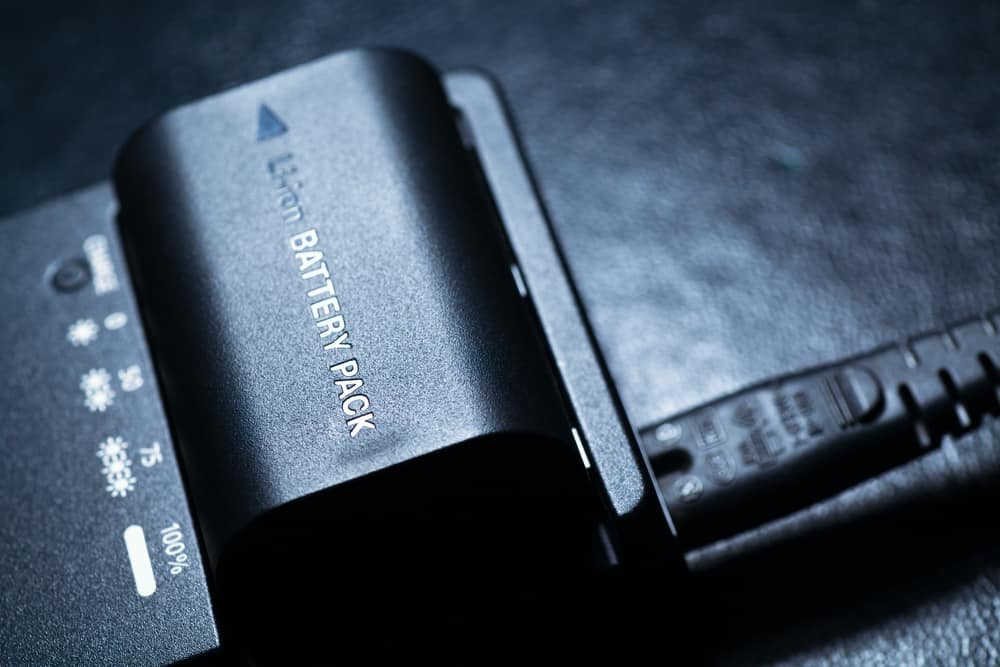
What this means is:
- Portable electronic devices containing lithium batteries (cell phone, lap top, camera) and lithium batteries themselves (including battery packs) must be in your carry-on baggage. If they are put into checked bags, they can be removed and confiscated.
- Battery packs can have a maximum capacity of 27,000 mAh (milliAmp hours), which is equivalent to 100 Wh (watt hours). The capacity of the battery pack must be clearly written on the device or it can be confiscated for possible noncompliance.
- It is allowed to have multiple battery packs of 100 Wh or less.
Finally, battery terminals (usually the ends) must be protected from short circuit. In other words, you are not allowed to have loose batteries in your carry on. They must be packed in a way so that the terminals cannot come in contact with other metal. Some effective methods of storing batteries for transit include: leaving the batteries in their retail packaging, covering battery terminals with tape, using a battery case, using a battery sleeve in a camera bag, or putting them snugly in a plastic bag or protective pouch.
Note that rules may differ if you are flying from Europe or Asia, so you should check the rules of your airline company and on-route airports. However most airports implement the same rules and regulations.




























































